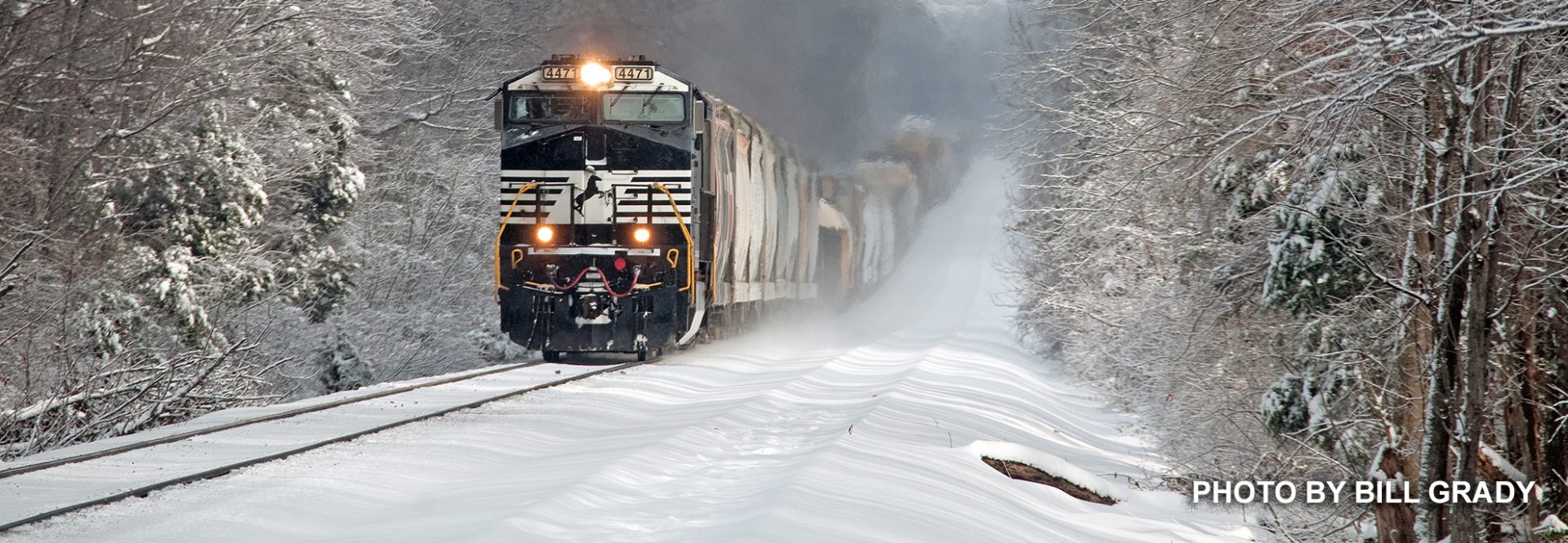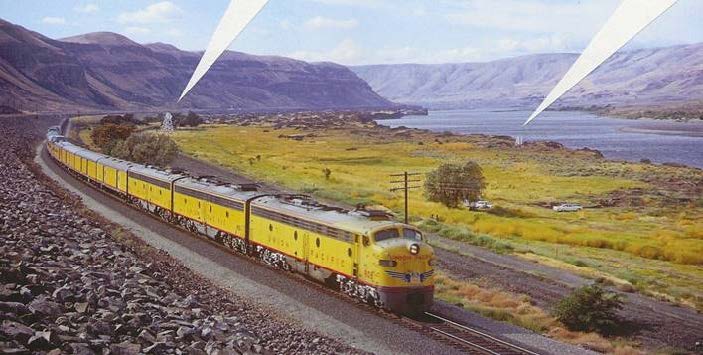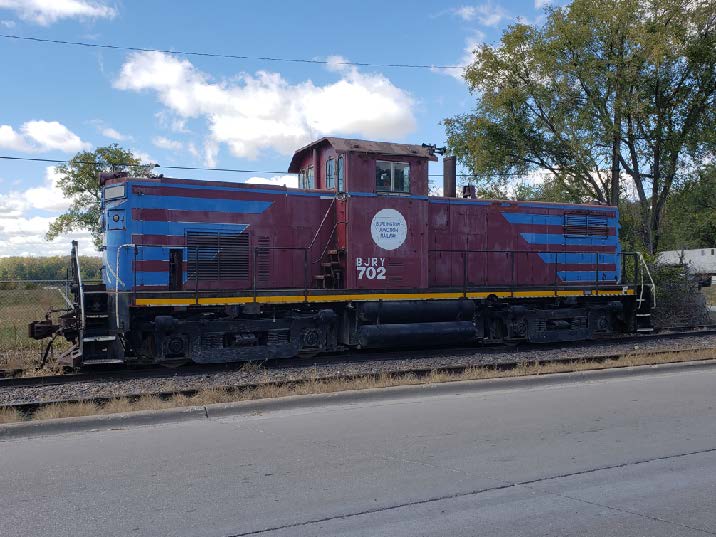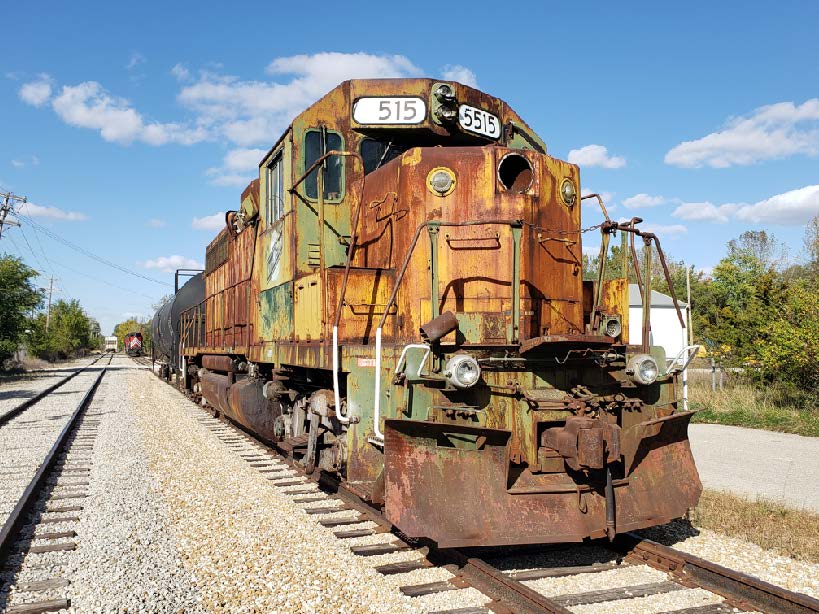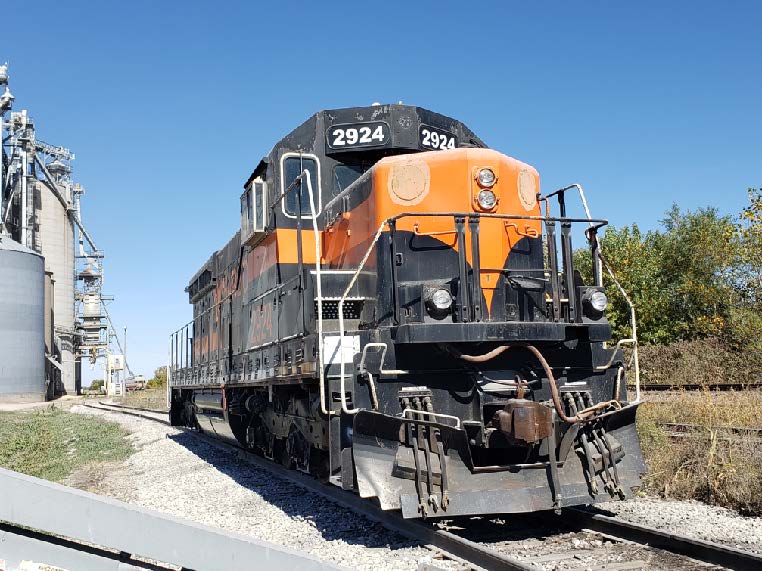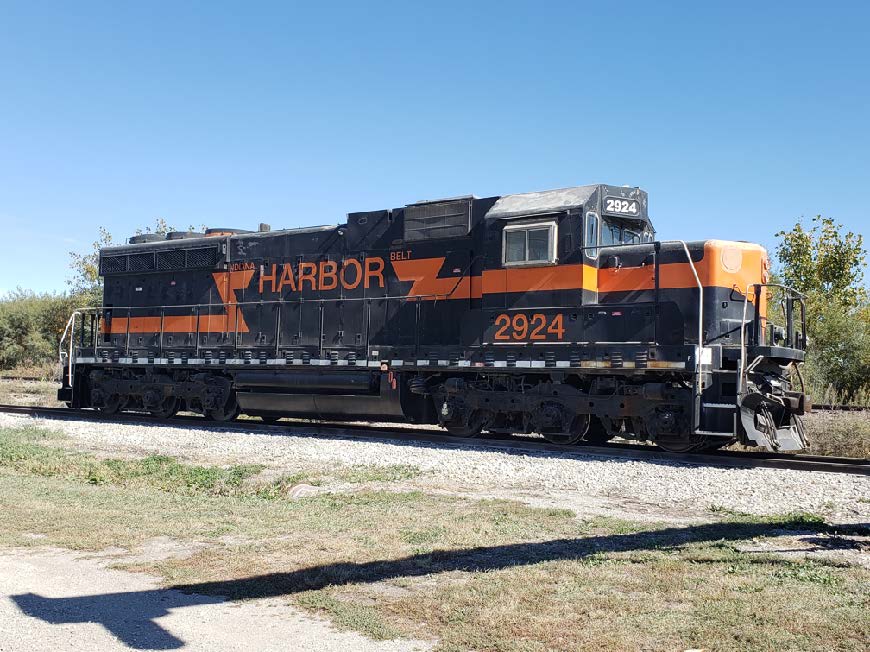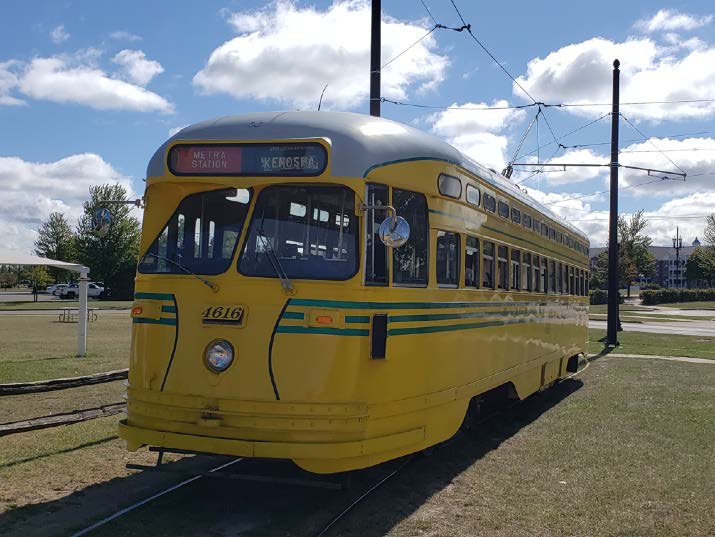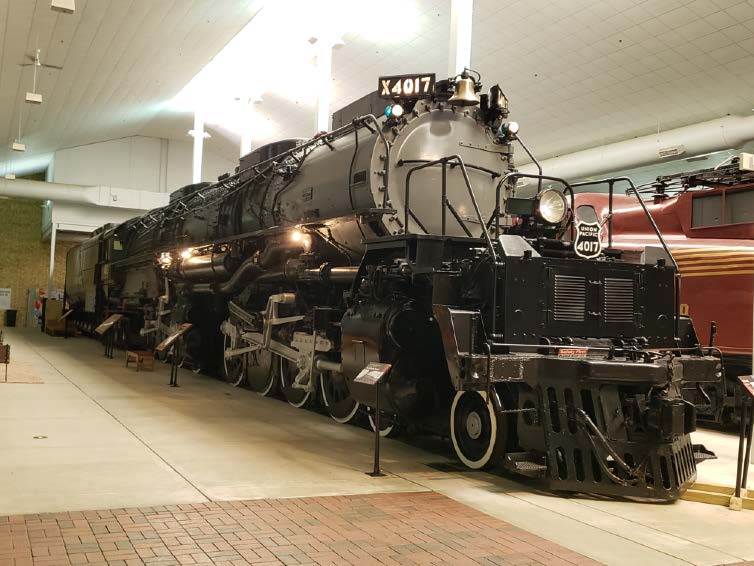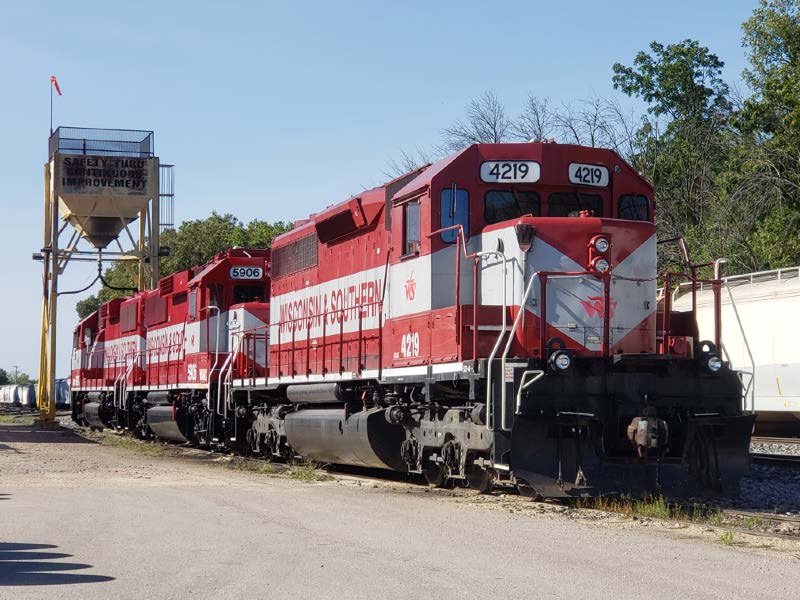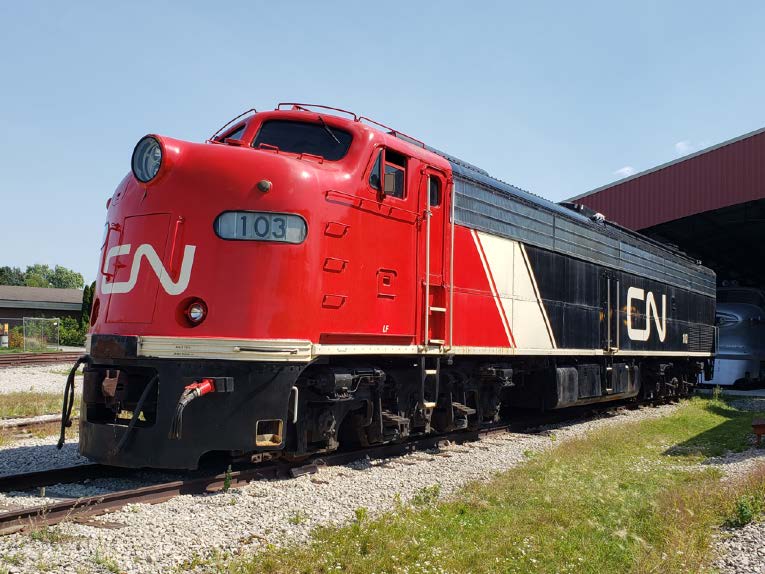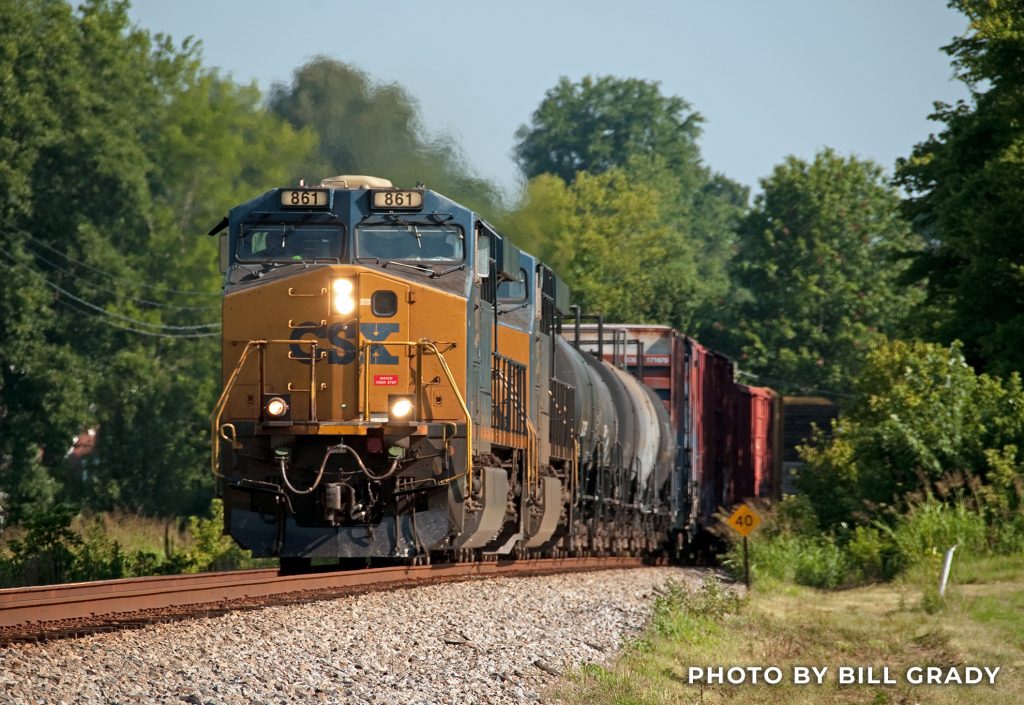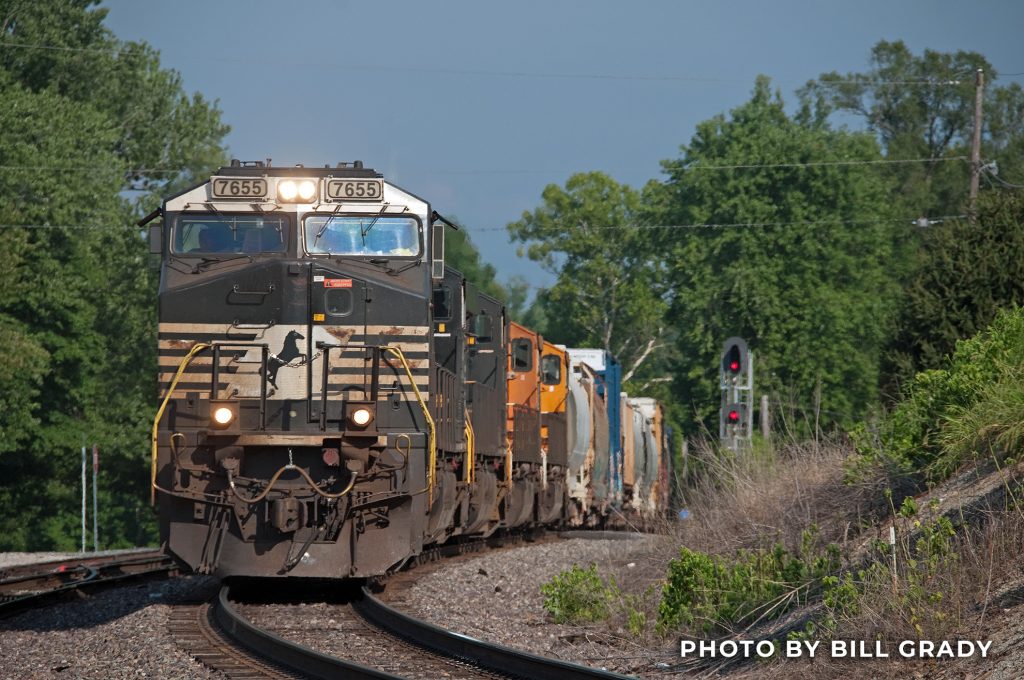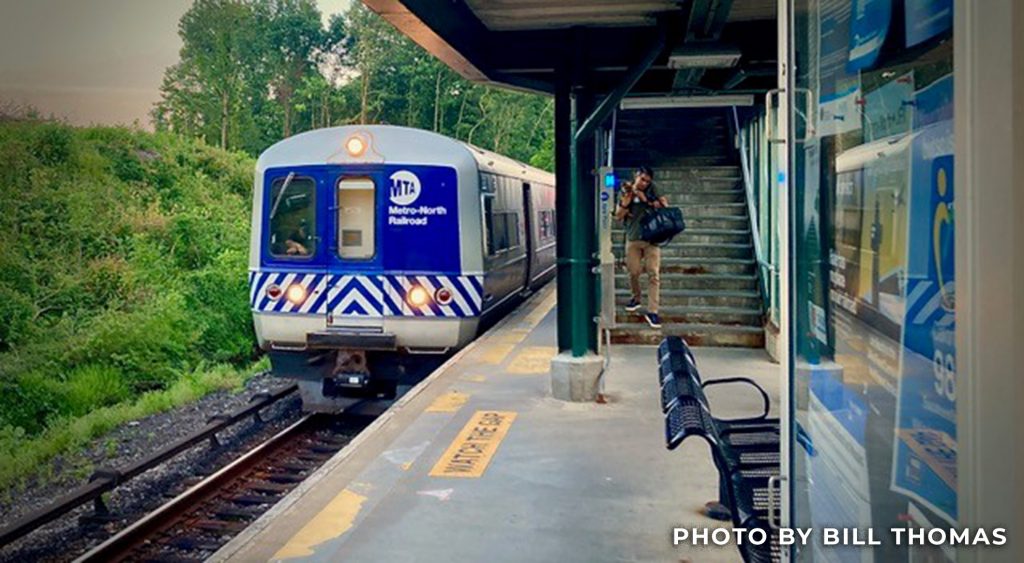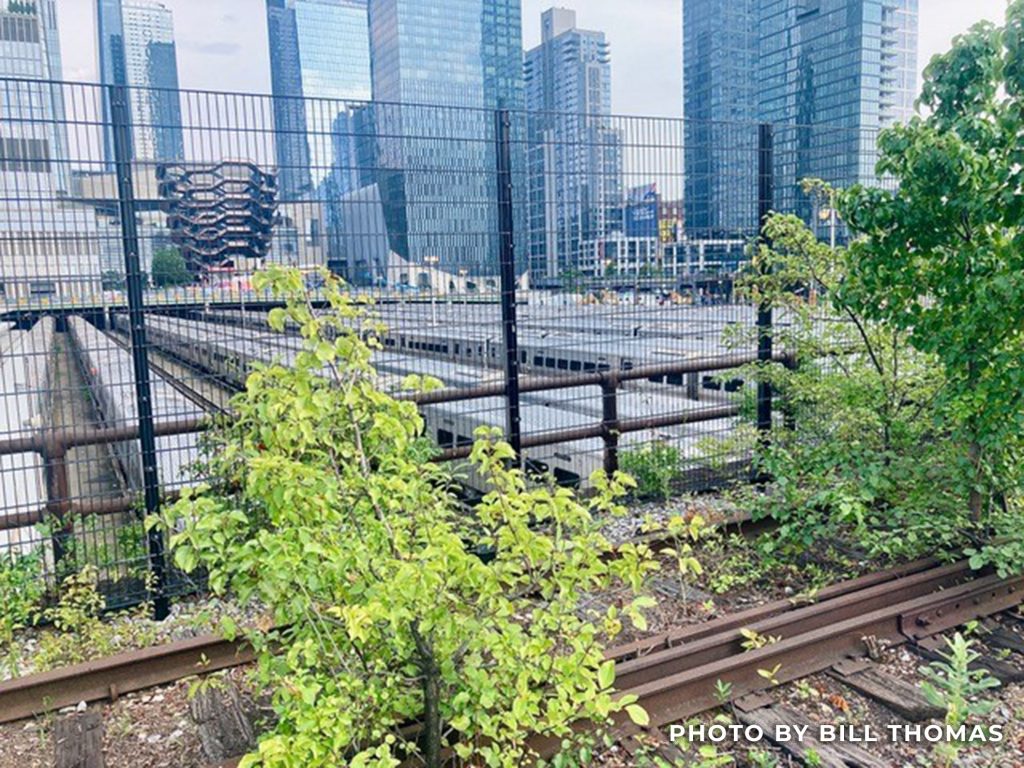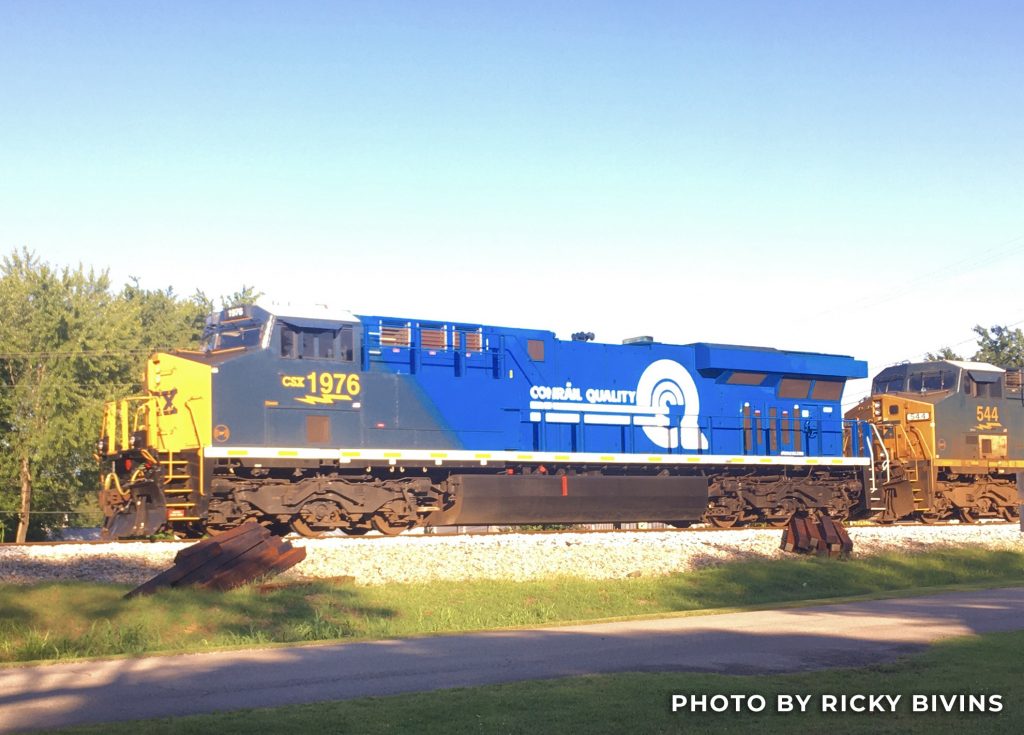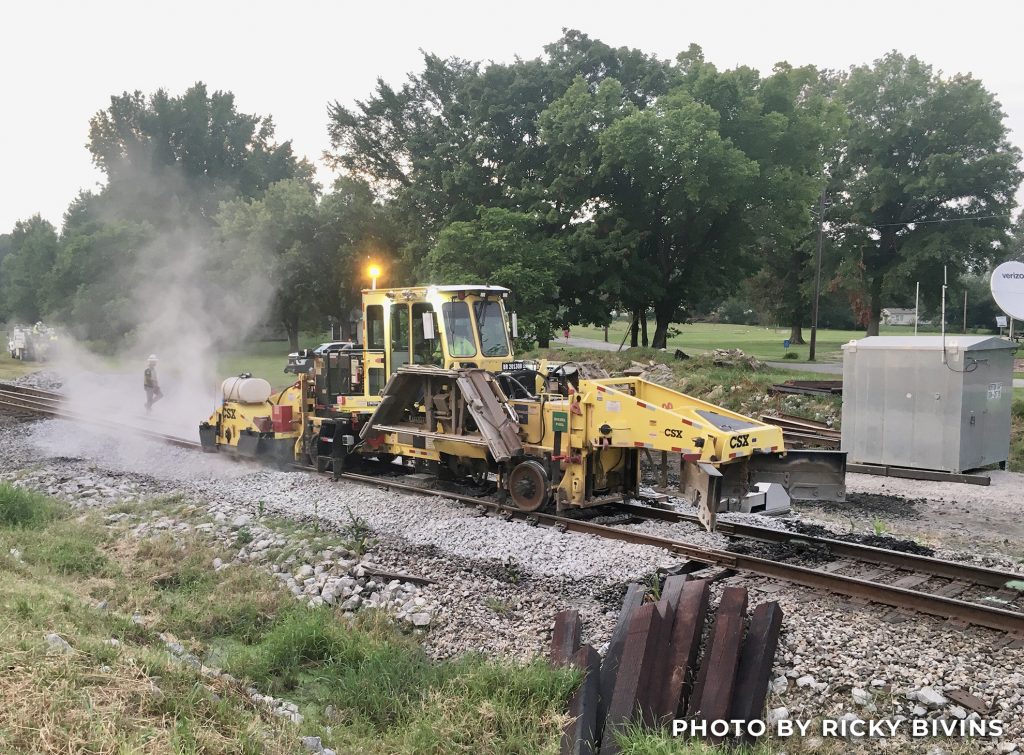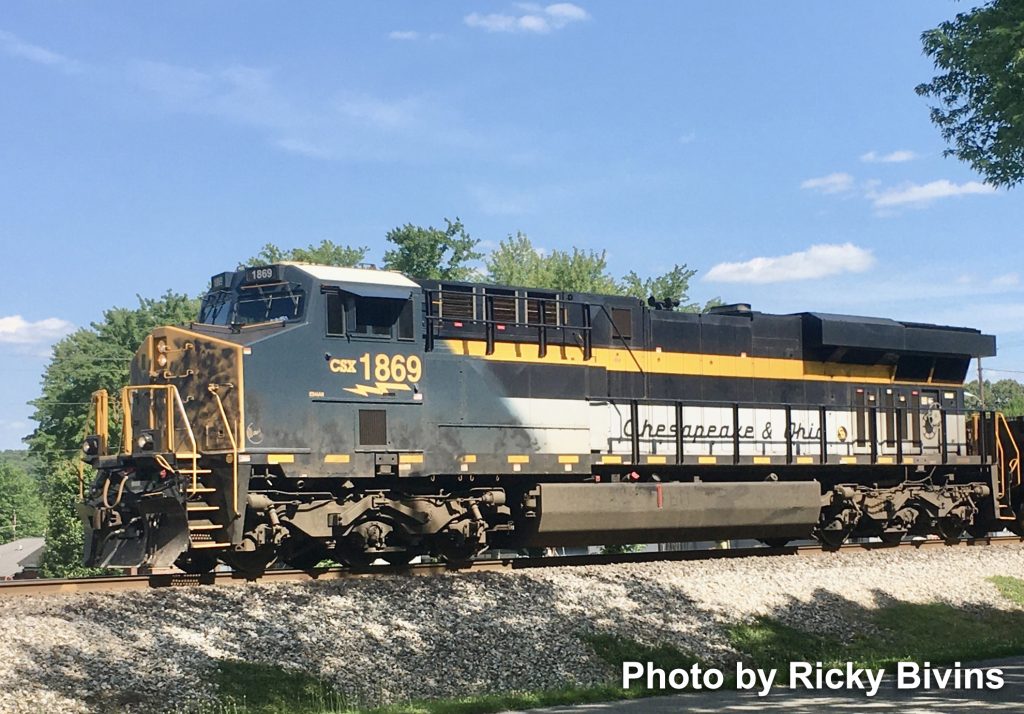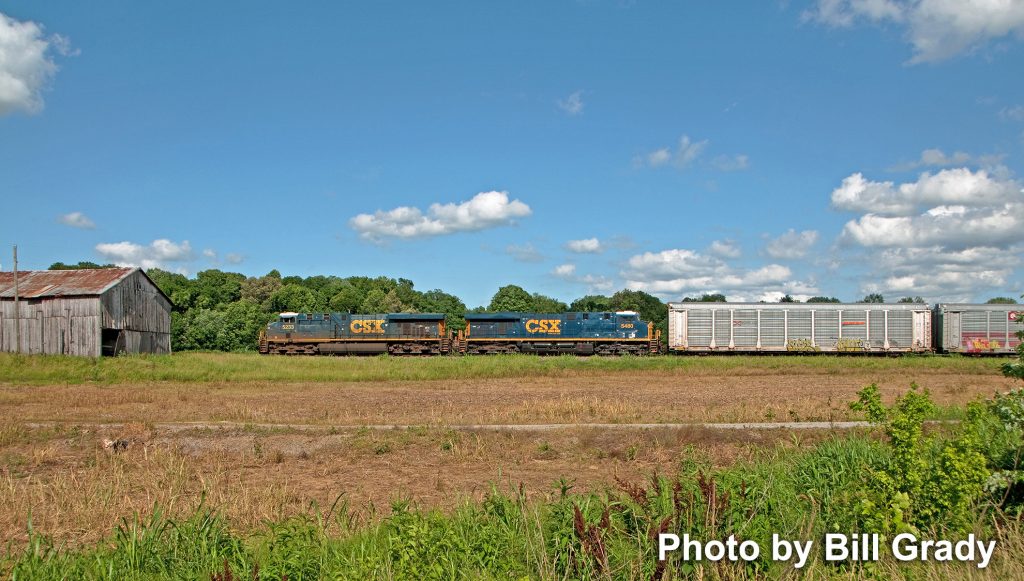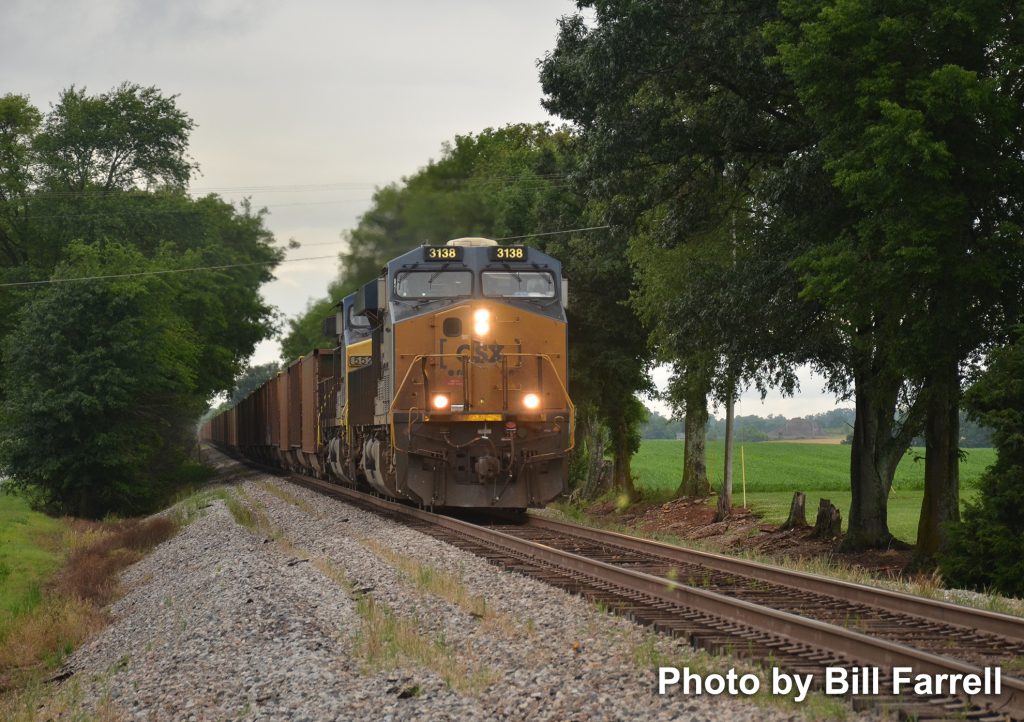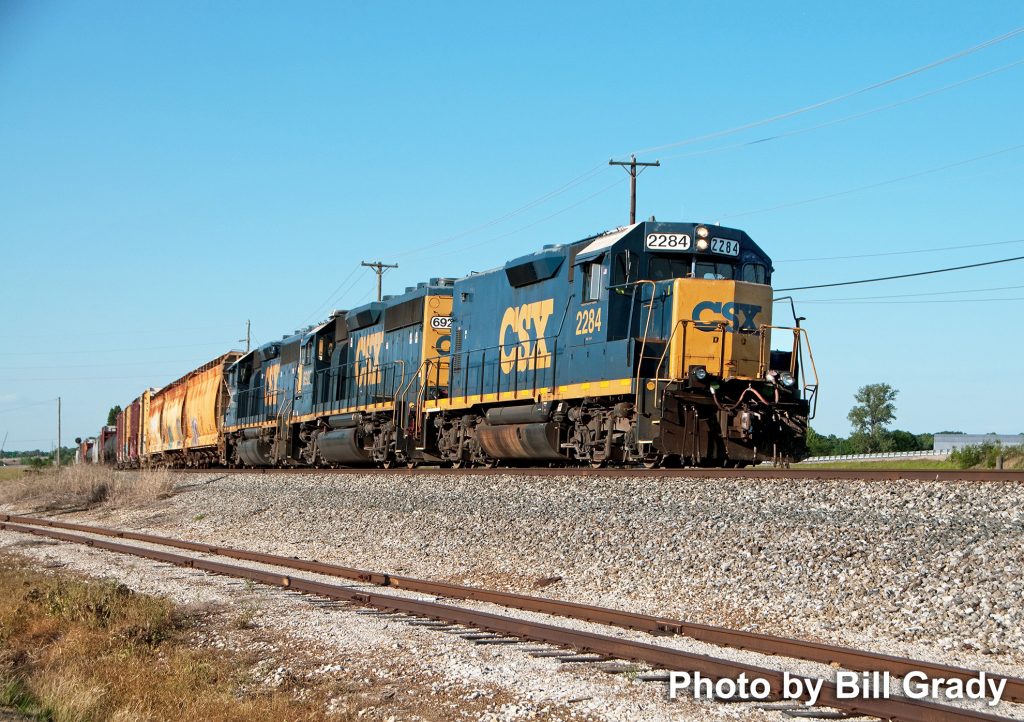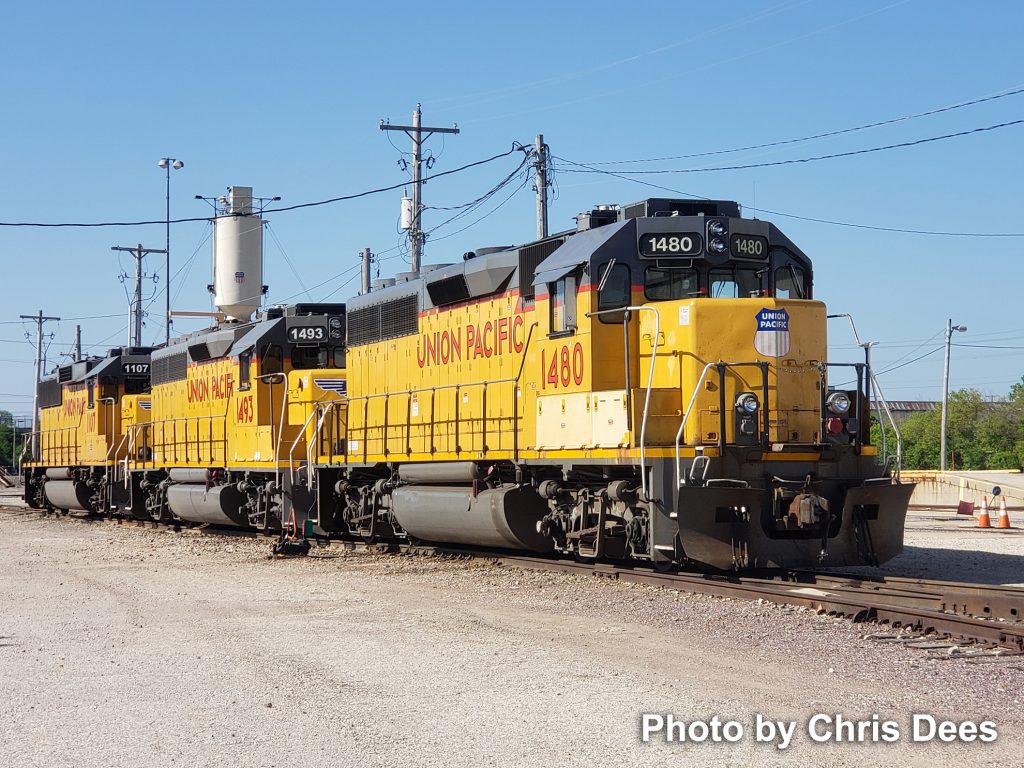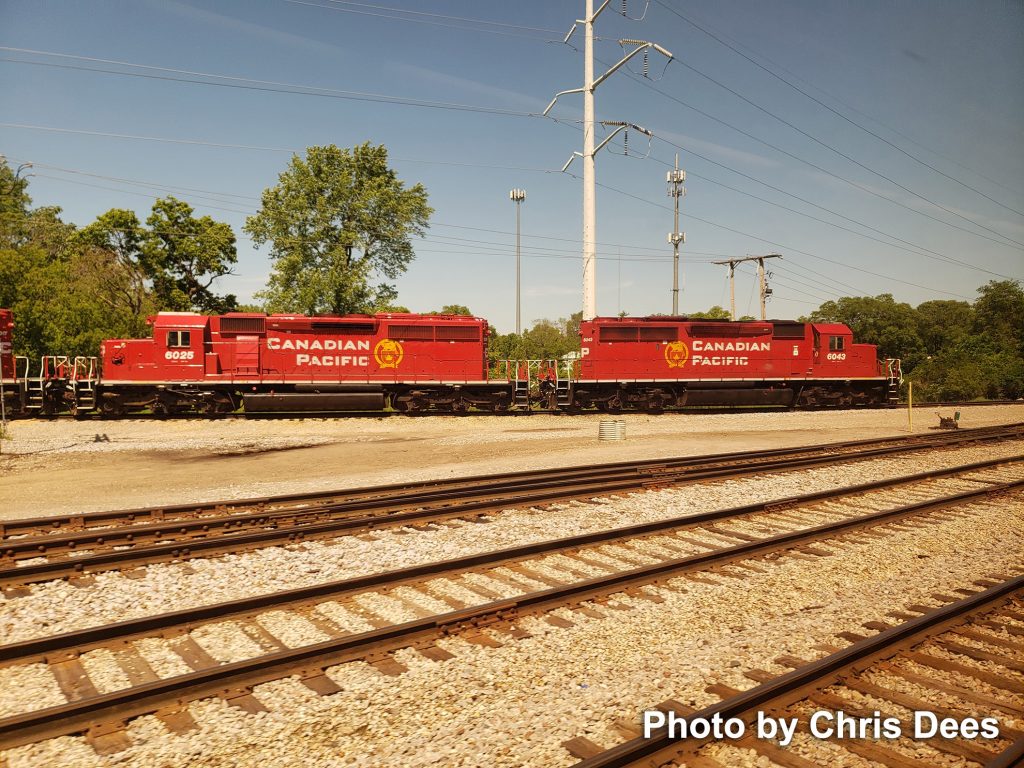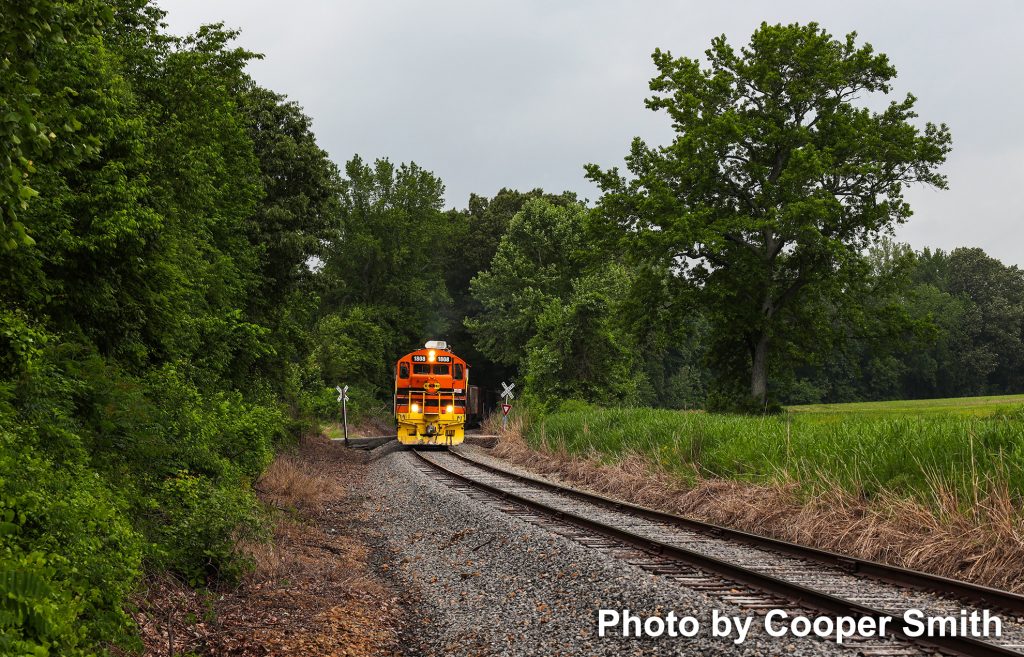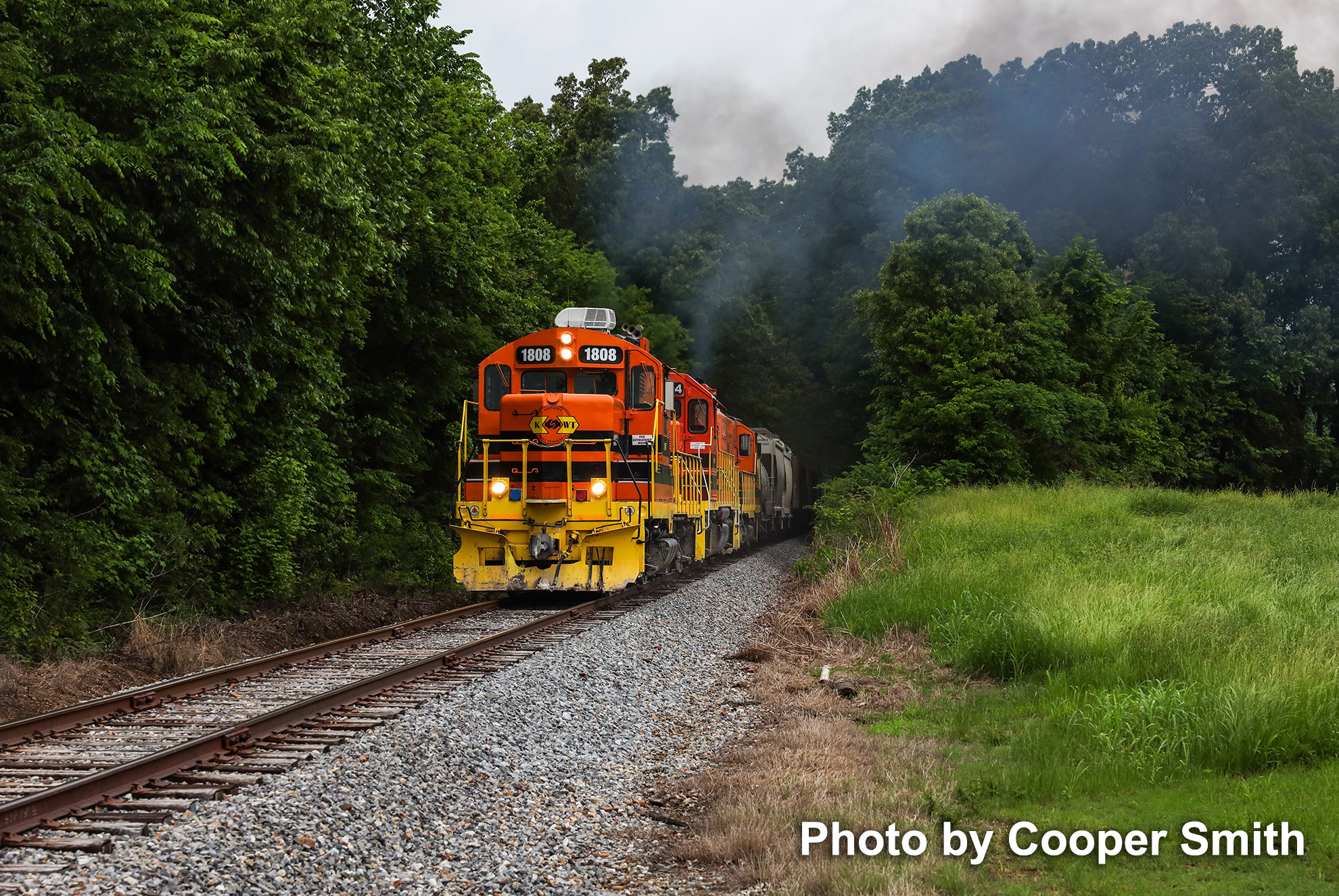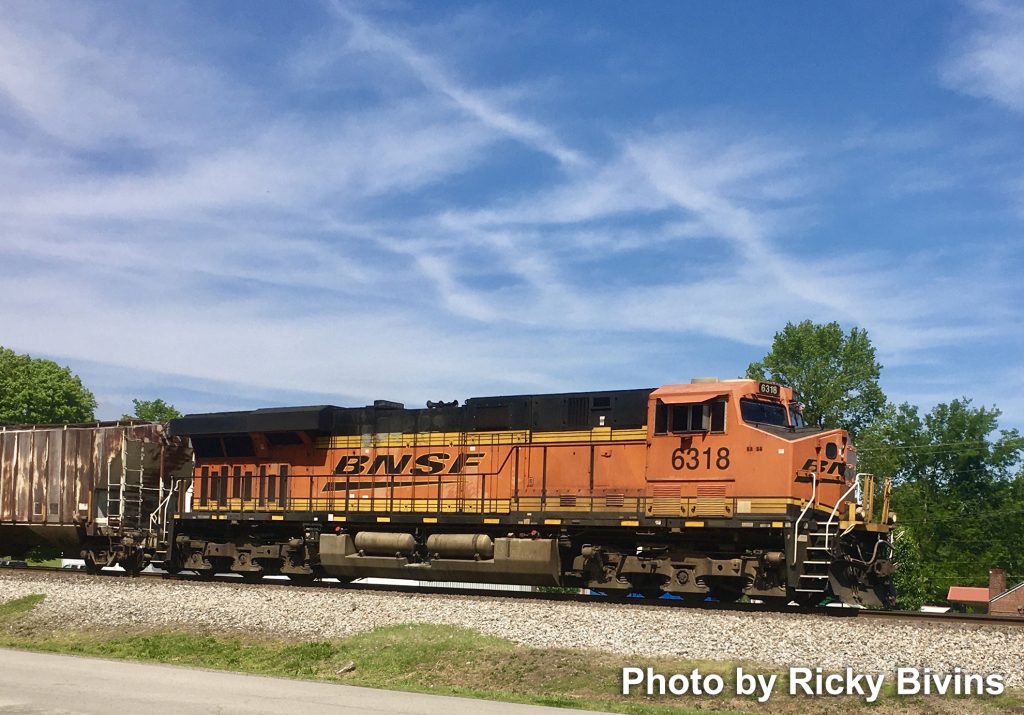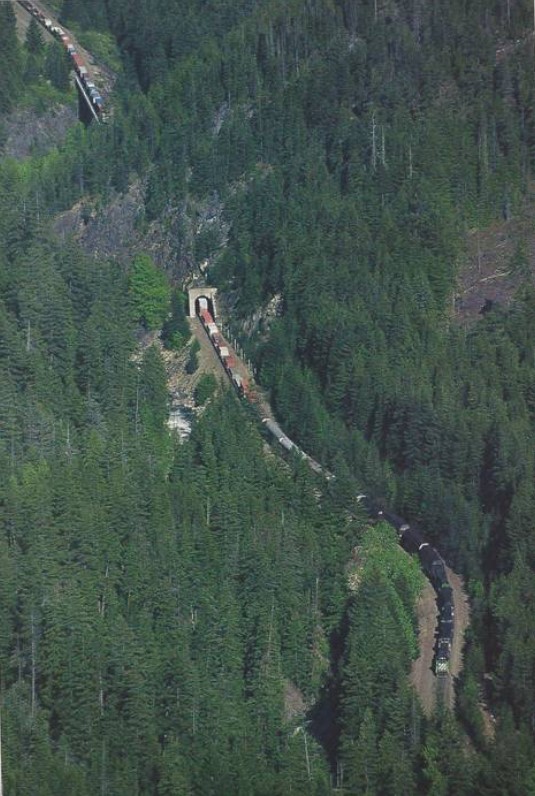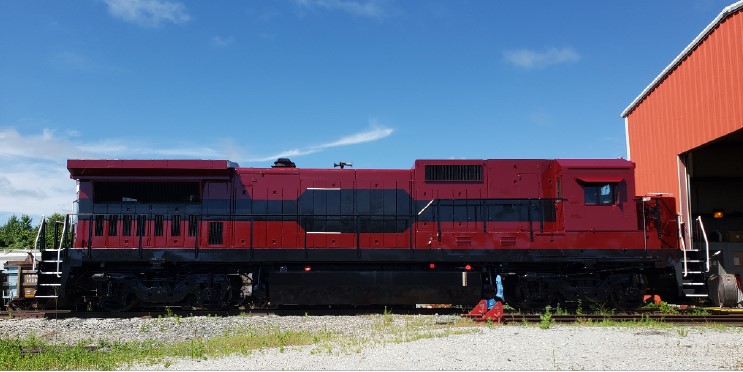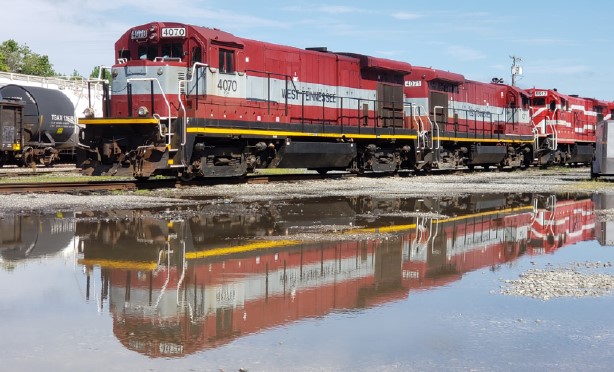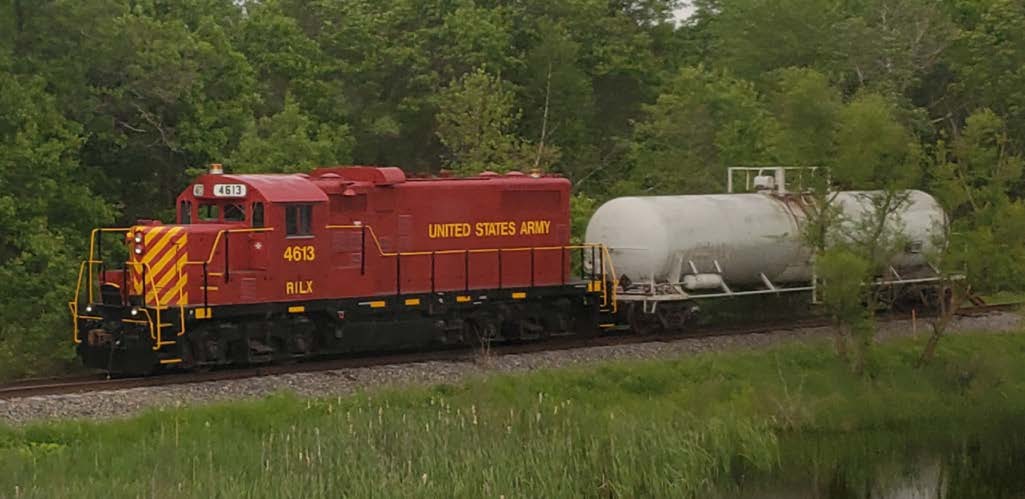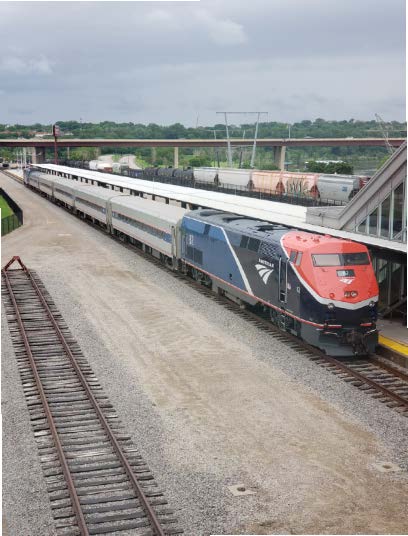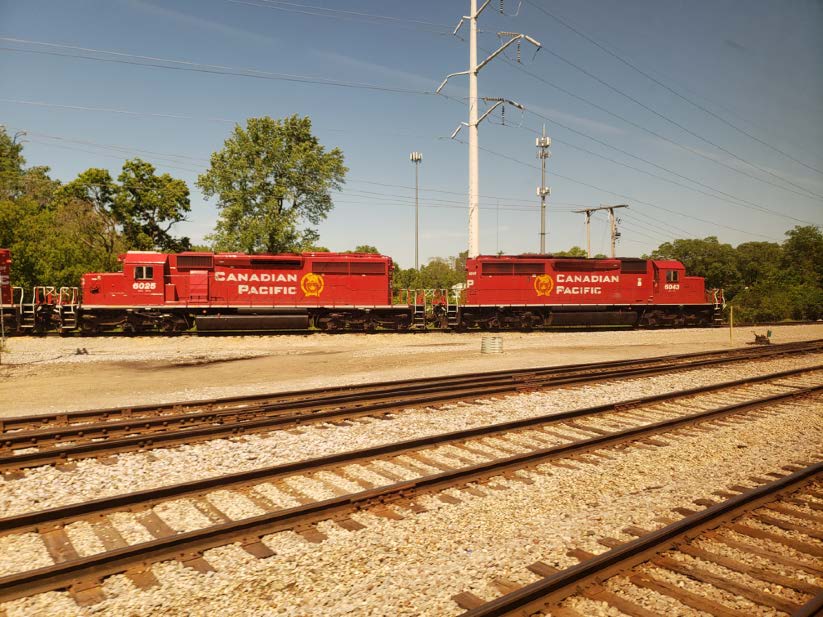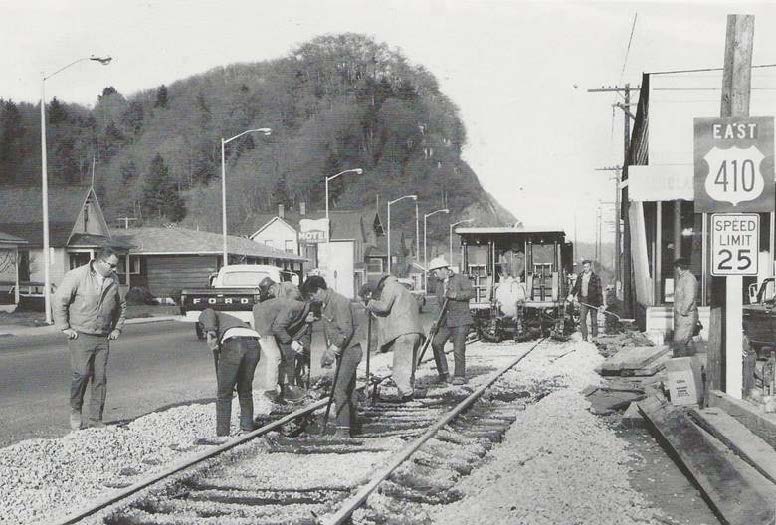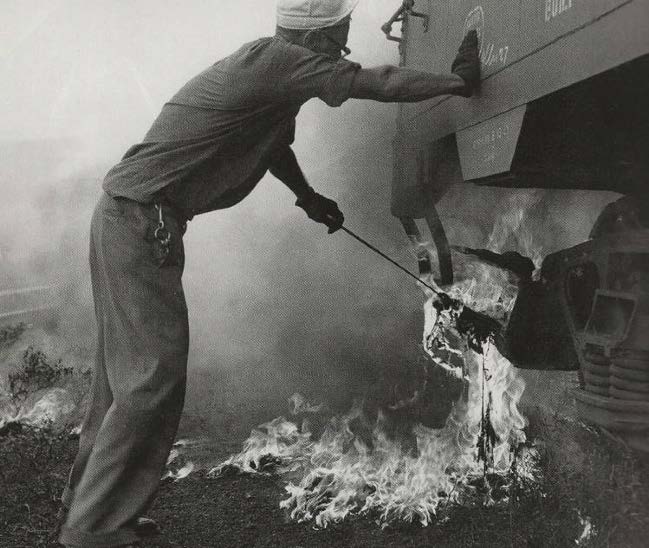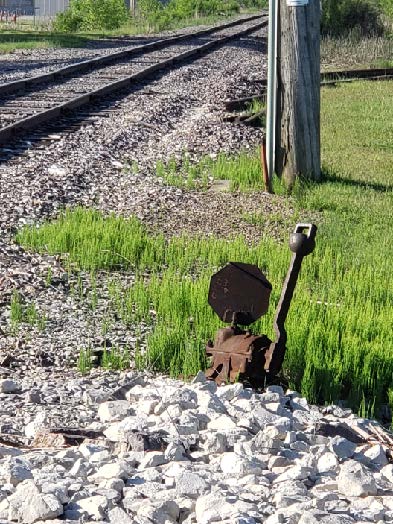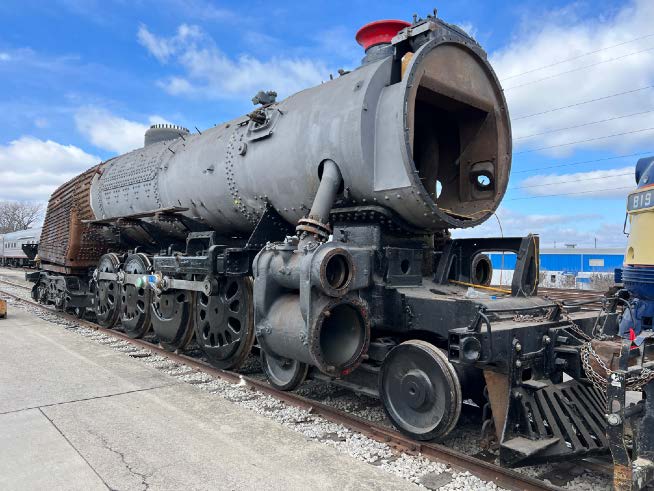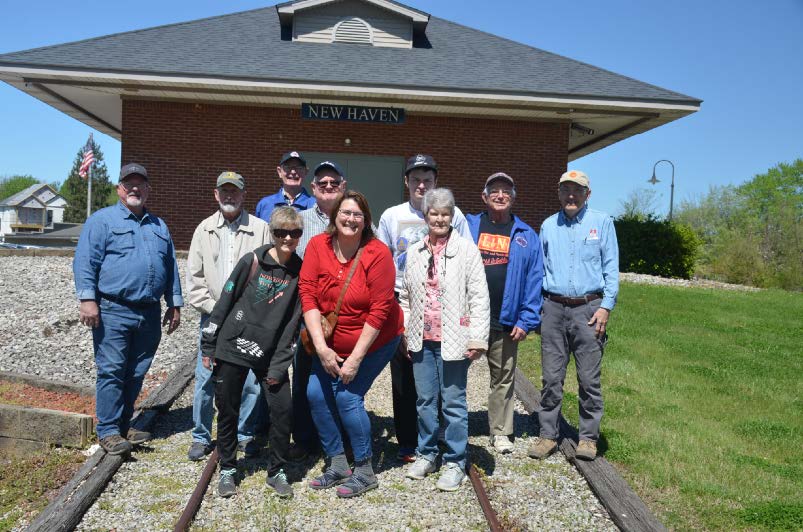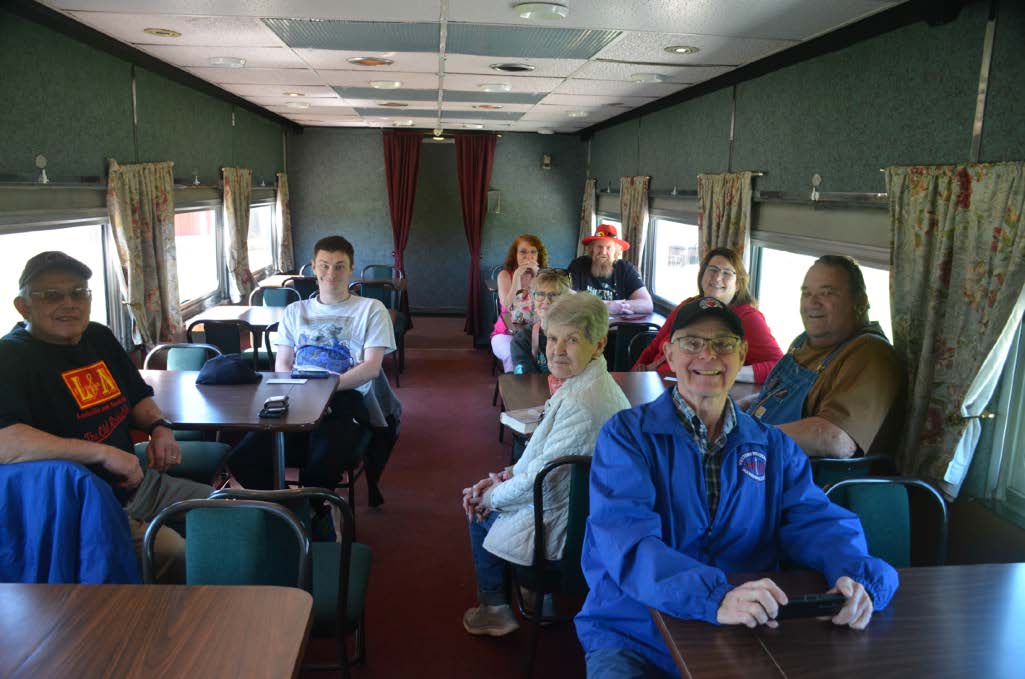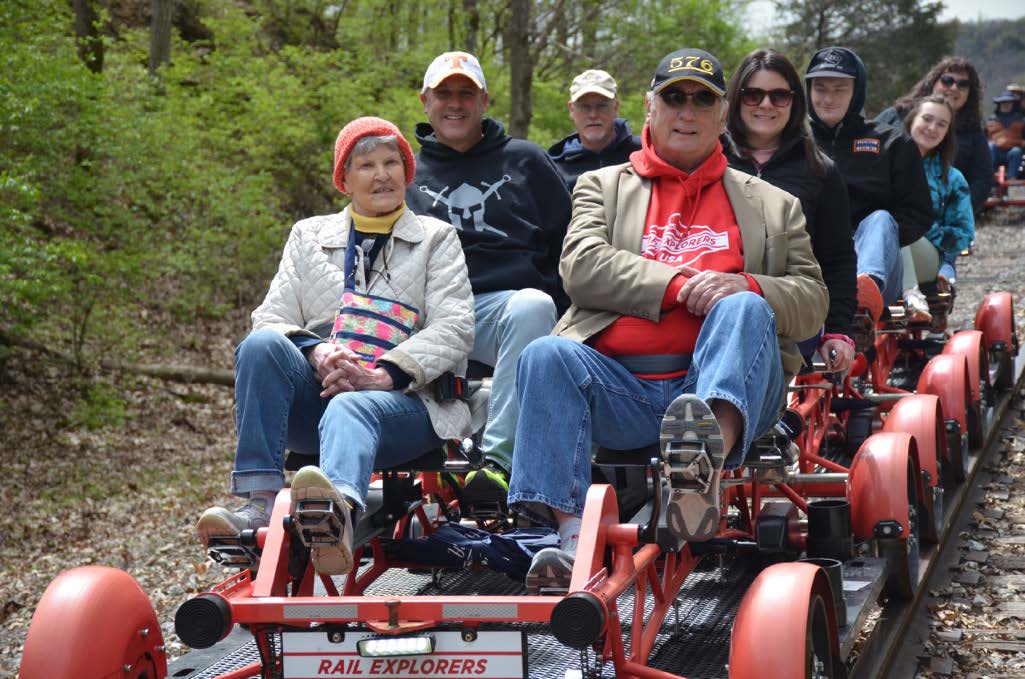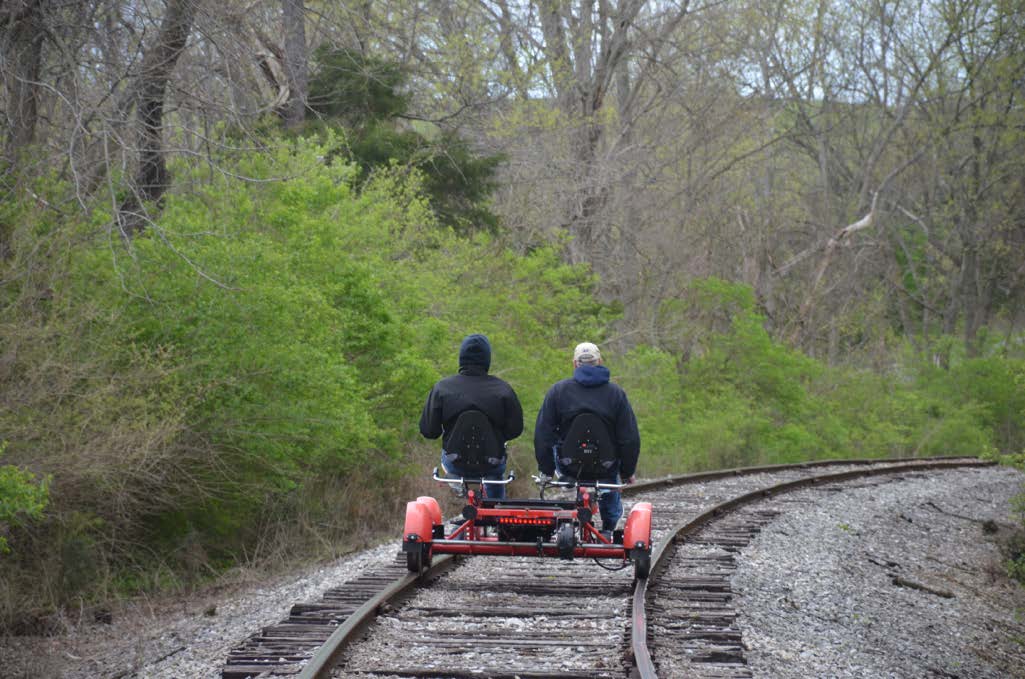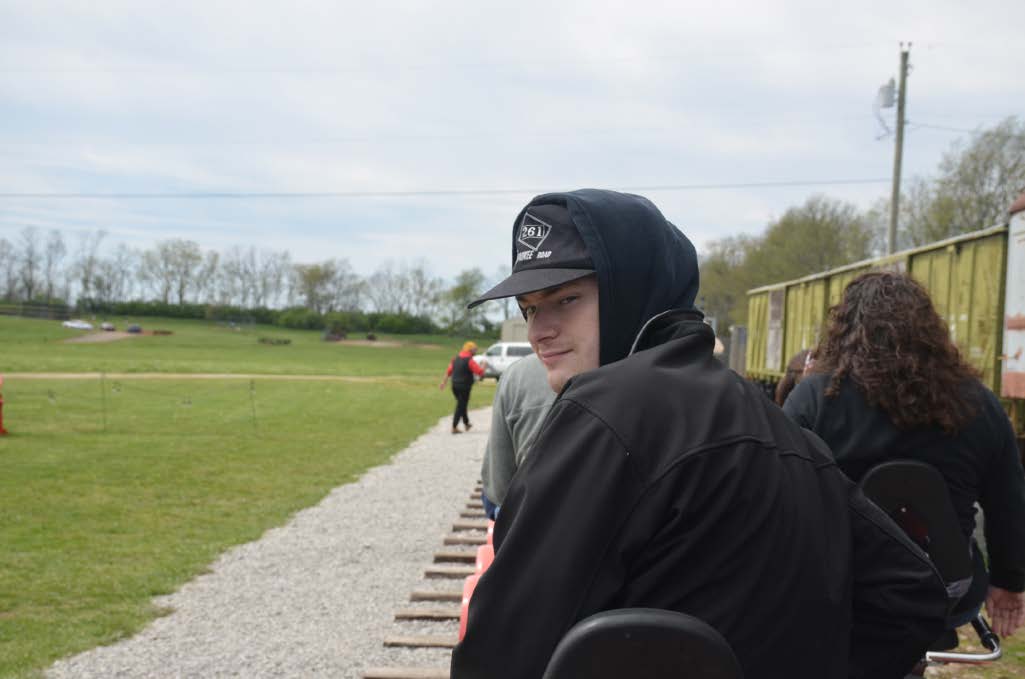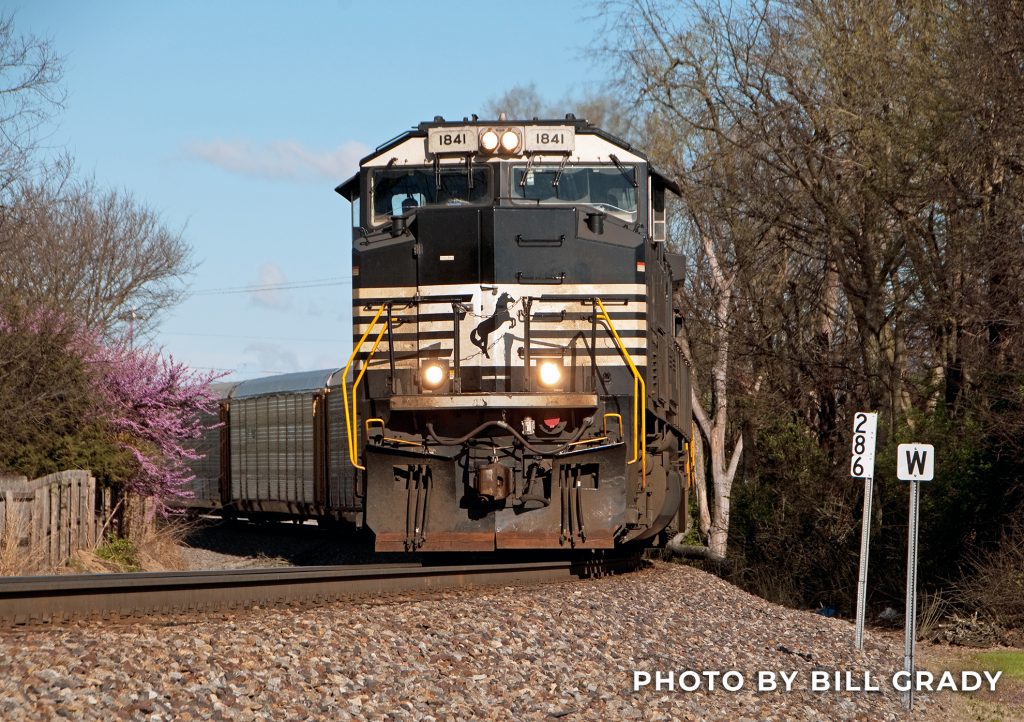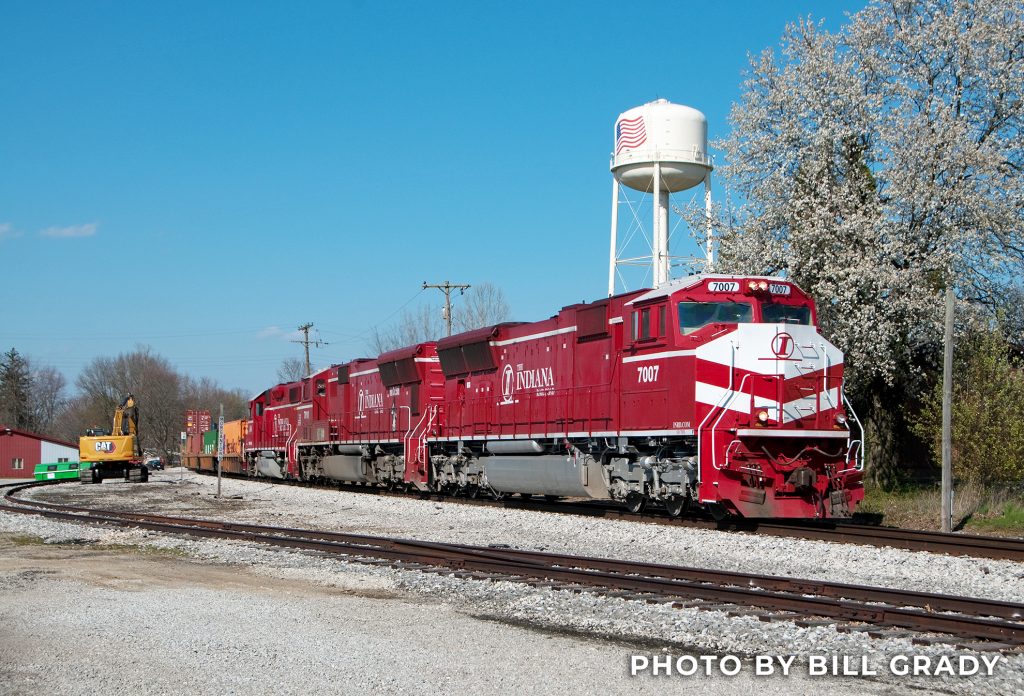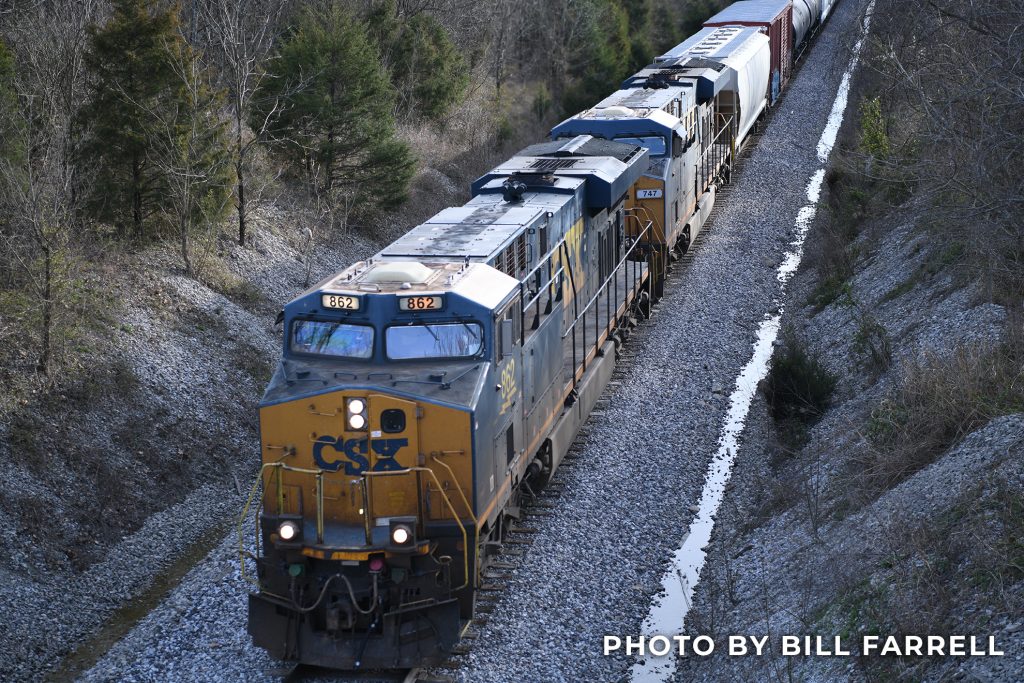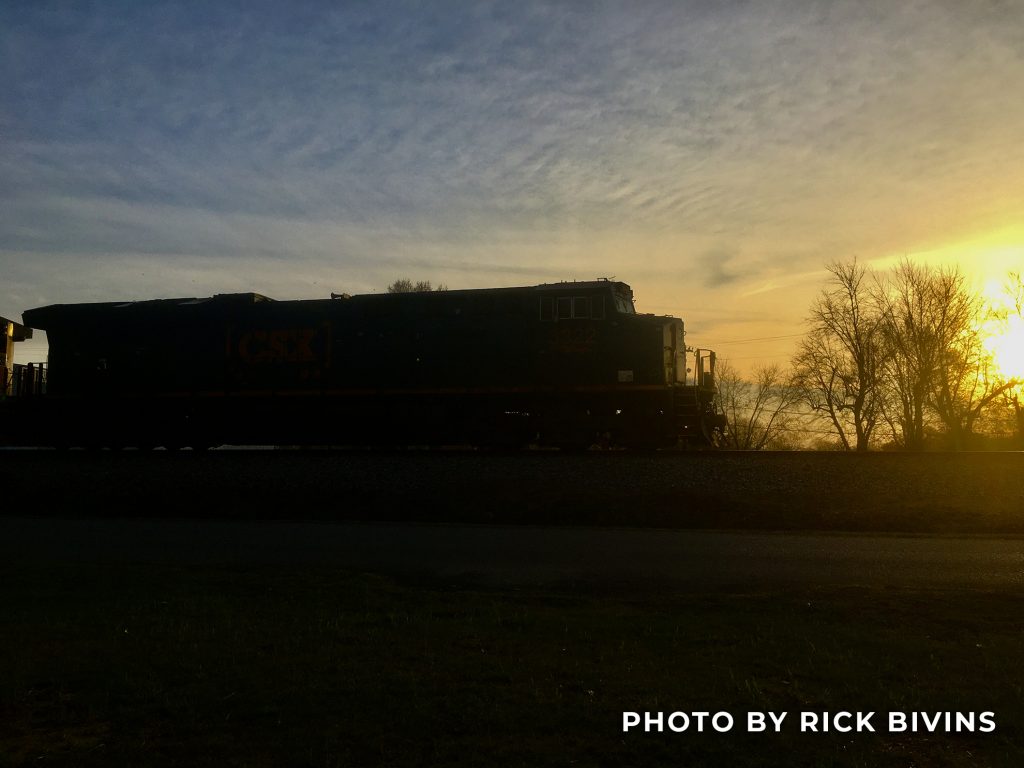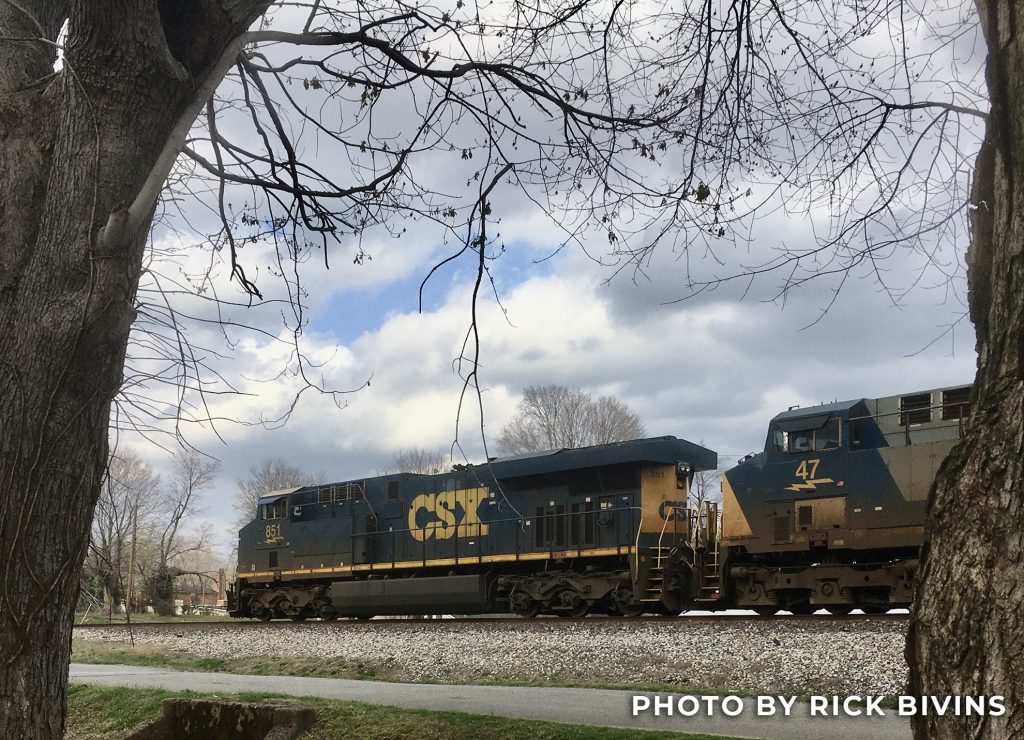Story By Chris Dees; Photo by Adam Elias
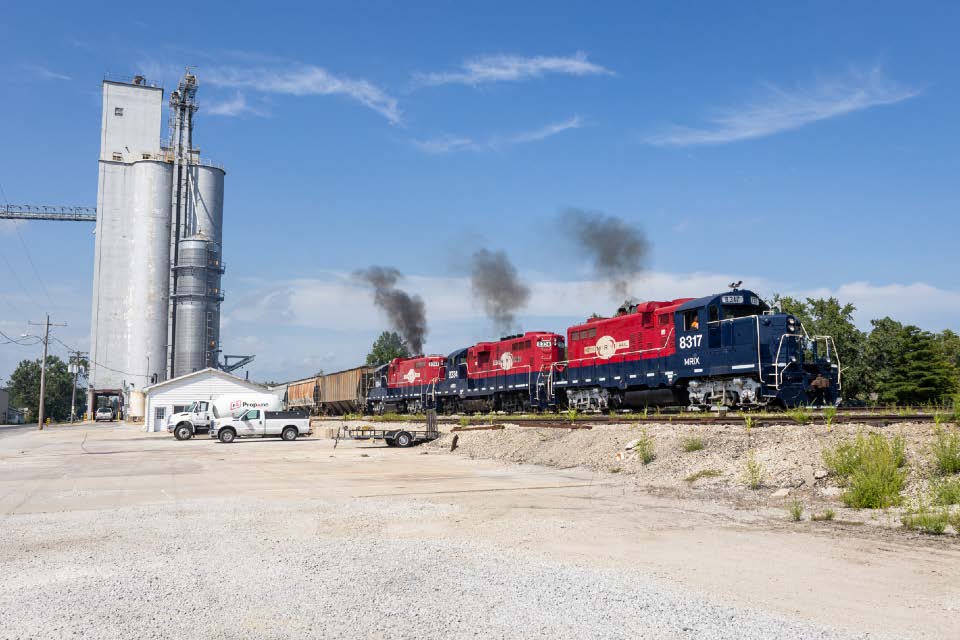
The Illinois Central Railroad’s original line between Cairo and Freeport Illinois, via Centralia
was completed in September 1856. As the railroad grew and traffic developed, the original “Old
Main” or “Gruber Line” segment north of Centralia via Decatur and Bloomington-Normal (referred
to officially in ICG timetables as the Amboy District) lost its original significance as the primary
mainline between New Orleans and Chicago grew rapidly.
The fate of the original IC main was in question as the flurry of spinoffs, sales and abandonments
by the Illinois Central Gulf in the early 1980s came to pass. Long gone were the good old days
recalled by Jim Boyd in his book “Monday Morning Rails”. Relegated and downgraded to secondary
main status, the additional (and substantial) existing state tax burden from the original land grant
legislation for the route slowly choked the Gruber to death.
Eventually, Illinois Central Gulf was granted a certificate of abandonment by the Interstate
Commerce Commission with date of formal discontinuance of service to be effective May 10, 1985.
However, the Gruber would not give up the ghost just yet. Just like the Windy City’s White Sox and
Cubs, it would take more than three strikes to call this deal out.
The first suitor was the Prairie Central Railway, which at the time was operating the former
Wabash Valley Railroad (Conrail route) from Decatur southeast to Paris, with an extension to Mount
Carmel. Always a precarious operation, numerous derailments and disagreement with Illinois
Central Gulf regarding trackage rights into Decatur soured any chance for PACY to purchase the
line. The Interstate Commerce Commission found PACY to not be financially responsible in its bid
for the Freeport line, and the resulting 1985 PACY bankruptcy did not help matters.
Second up was the Freeport & El Paso Railroad, formed to purchase the 121.18 mile route
between Freeport, Illinois (MP934.18) and El Paso, Illinois (MP 813.). In the July 1, 1983 ruling by
the Interstate Commerce Commission, F&EP’s offer was found to be bona fide and the new
company to be financially responsible. ICG and F&EP entered into a contract and the planned sale
was approved September 21, 1983. However, the deal quickly unraveled and on May 10, 1984, the
Interstate Commerce Commission vacated its earlier ruling, voiding the sale because F&EP had
failed to obtain proper title insurance and the $150,000 earnest payment bounced like a rubber ball.
Then came a railroad with reporting marks of a classic 1980s muscle car, the IROC, or Illinois &
Rock River Railroad Company. Incorporated on July 13, 1984 by two former Rock Island railroad
executives, a short line consultant, and a railroad construction contractor, the IROC filed ICC Docket
No. 30638 on March 11, 1985 just two months before the targeted abandonment by ICG. Business
plans of the IROC were supported by several on-line grain elevators, Motor Wheel in Mendota, and
Lonestar Cement in Oglesby. Additional plans were in the works to construct a rail-barge
transloading facility on the Illinois River at La Salle, near the massive Illinois River bridge (which
still stands and has rail service today). Purchase price was set at $3.027 million.
But like the first two offers, IROC’s plans were soon scuttled – this time by unhappy unions and
their lawyers. On March 29, 1985, the Railway Labor Executives Association filed a letter of
opposition with the ICC regarding the sale. Not to be left out, the United Transportation Union filed a follow-up formal protest on April 19, 1985. With time running out on the abandonment authority’s
expiration date of May 10, 1985, the ensuing litigation tied up IROC efforts in courts instead of out
on the rails building the business plan. Opportunity loss from the 1985 grain harvest eventually
resulted in IROC calling it quits without ever turning a steel wheel on steel rail. And although new
regional Chicago Central & Pacific attempted negotiations to purchase the line from Freeport south
to Oglesby (location of the Lonestar Cement facility), Illinois Central Gulf could not settle on a
purchase price and the Gruber was gone.
Luckily today there are some short segments of the Gruber between Centralia and Freeport still
in operation.
Buzzi Unichem still operates over the large Illinois River bridge between LaSalle and Oglesby to
serve the cement facility in Oglesby and interchange with Iowa Interstate.
A short segment of trackage is utilized daily by ICG successor in the Decatur terminal area.
South of Decatur, the Decatur Junction operates between Elwin and Assumption and it the
location of a nicely restored depot.
Vandalia Railroad serves a few industrial customers on a short spur at Illinois’s first capital city
and the railroad’s namesake city of Vandalia.
And just north of Centralia, an asphalt plant is served on a few hundred feet of the southernmost
section of the old Gruber.
But perhaps the favorite portion to railfans is the segment between Heyworth and Clinton
operated by the Illinois Terminal Belt Railroad serving several grain elevators with Paducah rebuilt
GP10s just like us old guys remember. Yes, some forty years since its abandonment, new railfans can
still get a glimpse of what the Gruber used to look like – four stack exhaust belching out along the
prairie as seen in the accompanying photo at Wapella, IL on August 25, 2023.
